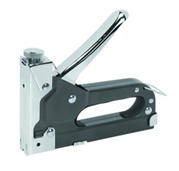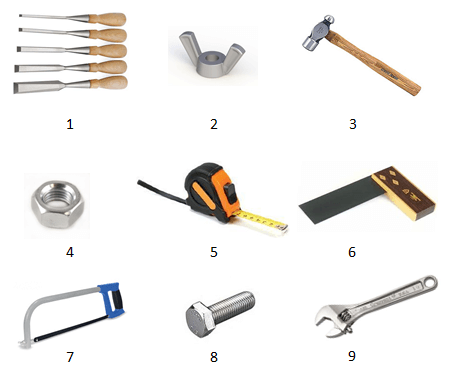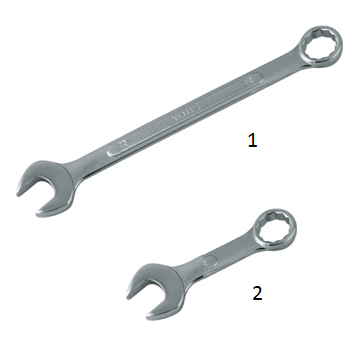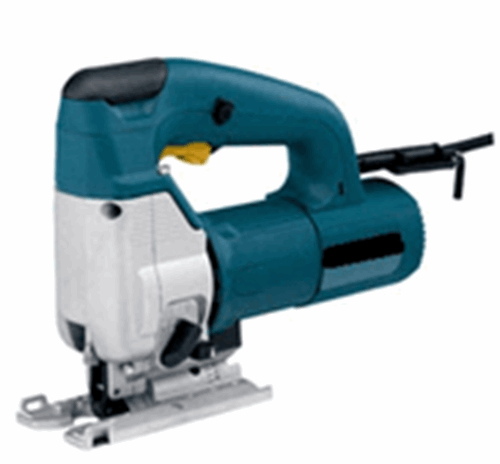As part of the elevator technician selection process, candidates must also take a Tool Assessment Test. This test is there to make sure that you have a good general knowledge of the different tools that you will need to use during your apprenticeship, from precision tools to fix electronic parts to gear like sledgehammers and wrenches.
The test evaluates both your ability to recognize the different tools, as well as your knowledge of work procedures and the applications of different tools.
While the test score is not included in the EIAT test score, it is still very important as it is included in your NEIEP interview score, and as such, it can influence your ability to get the apprenticeship you want. For this one, we have written this page which includes information about the test, the different questions it contains, and ways to prepare for it.
Click to see the most up-to-date accurately tailored prep for the Elevator Industry Aptitude Test (EIAT).
What is the Tool Assessment Test
The Tool Assessment Test is a short test, between 15 and 20 minutes long, that comes immediately after the EIAT Elevator Industry Aptitude Test in the elevator technician recruitment process. It uses multiple-choice questions to quickly test your familiarity with the different tools you will need to use on the job.
To challenge different forms of technical knowledge, the test uses different types of recognition questions. First, you will be asked to simply identify various tools from images of those tools. Later in the test, you will have to review images of different tools and identify the different properties of those tools.
Finally, you will be asked to answer questions about the purpose of different tools. These questions might not necessarily have a picture of the relevant tool shown attached to them, so you will have to rely on your knowledge alone and won’t be always able to guess a tool’s purpose from its appearance.
The tool assessment test may appear easy, and, in truth, it’s not the most difficult part of the apprenticeship application. It is nevertheless an integral part of the EIAT test and some of the questions may be confusing, especially under the pressure and time limit of the real test.

Learn how you can prepare for the tool assessment test and all the other parts of the EIAT test, and land that elevator apprenticeship.
EIAT Tool Assessment Sample Question #1
What is the name of this tool?

These types of questions are relatively straightforward, and all you need to do is identify the tools from the photographs.
EIAT Tool Assessment Sample Question #2
Which of the following tools are adjustable?

Here we have a more advanced question. It requires you not only to identify the different tools visually but to have an understanding of their function.
EIAT Tool Assessment Sample Question #3
Which of the following wrenches would require more effort to operate?

Here you need to demonstrate an understanding of the principles of physics that are involved in using different tools. In this case, the principle used to operate different wrenches is leverage. The longer wrench provides more leverage, so it requires less effort to use.
The EIAT Test
The Tool Assessment Test is just one of the steps in the NEIEP testing process. The first step in becoming an elevator mechanic or an elevator industry intern is to go through the EIAT test – a complex, 75-question test that evaluates your numerical reasoning (math), and verbal reasoning skills, as well as your mechanical aptitude. This is intended to assess the entire range of mental skills that are needed for a candidate in a technical-oriented job.
After completing the EIAT test and the tool assessment test, you will also need to be interviewed by a NEIEP member and a representative employer. Your score on the test counts towards your NEIEP interview score, so it’s very important to get the test right – this will determine if you get the position you want.
💡 Learn more about the process of becoming an elevator mechanic.

Our EIAT PrepPack prepares you for the entire selection process from start to finish. It includes two tool recognition test simulations as well as EIAT study guides, sample tests, and interview preparation aids. so you can get one pack that covers.
Click here to learn more about how you can ace the EIAT test.







